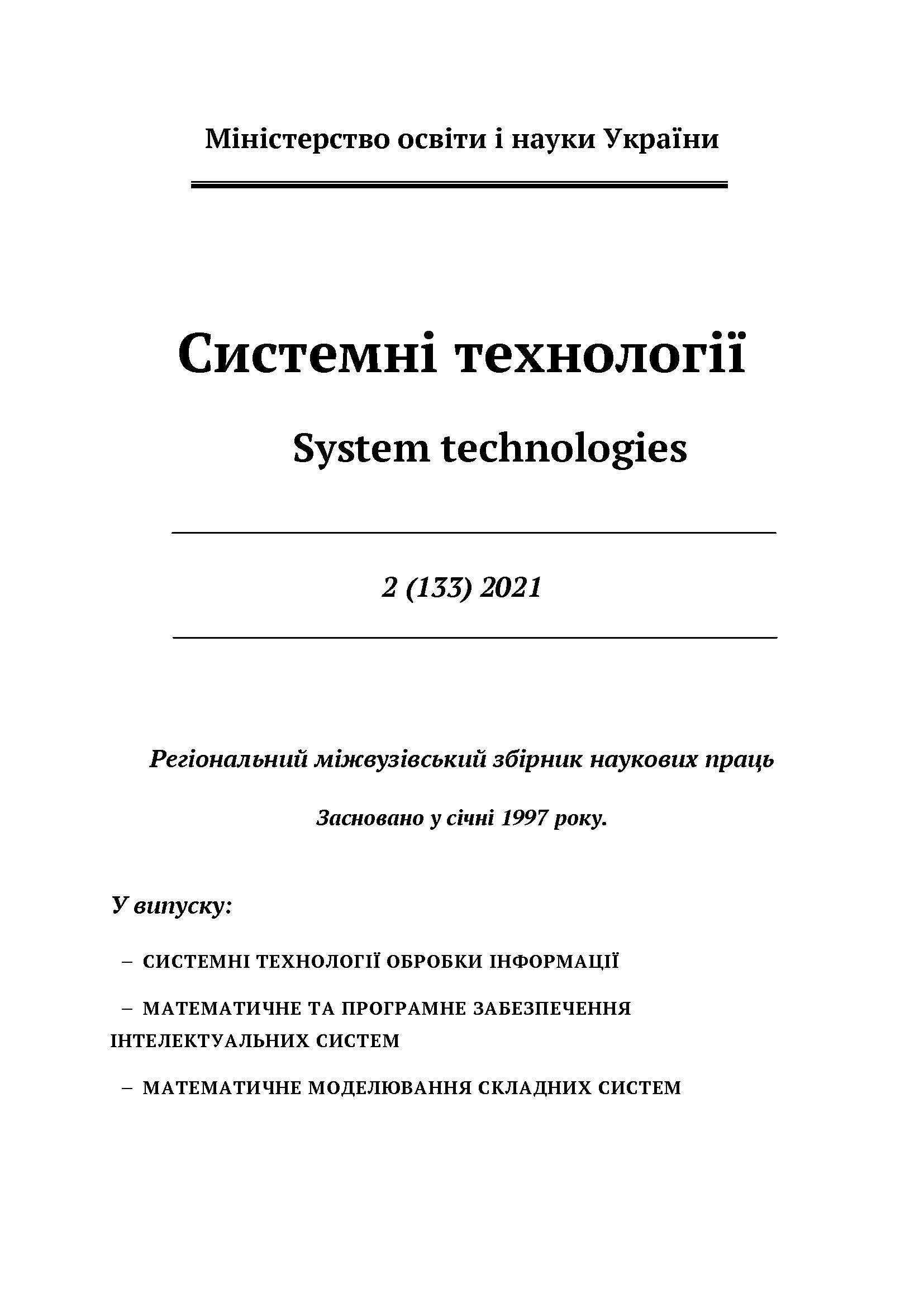ВИКОРИСТАННЯ НЕЙРОМЕРЕЖЕВИХ КЛАСИФІКАТОРІВ ДЛЯ РЕАЛІЗАЦІЇ СИСТЕМИ ІДЕНТИФІКАЦІЇ ТРАНСПОРТНИХ ЗАСОБІВ
DOI:
https://doi.org/10.34185/1562-9945-2-133-2021-15Ключові слова:
розпізнавання світловими сигналів, штучні нейронні мережі, детектування об'єктів, класифікація зображенняАнотація
Робота присвячена дослідженню нейромережевих класифікаторів для реалізації системи ідентифікації транспортних засобів. В роботі вирішувалося завдання розпізнавання світлових сигналів транспортних засобів.
Як детектор транспортних засобів використовувалася полегшена версія YOLOv3, а класифікатором світлових сигналів виступала адаптована під умови задачі архітек-тура MobileNetv2. Моделі навчалися на декількох датасетах, приведених до єдиного формату.
Отримана якість моделей є досить хорошою для доказу працездатності системи. По-дальше поліпшення якості можливо за рахунок збільшення обсягу навчальної вибірки і більш точного підбору гіперпараметрів моделі. З точки зору швидкості роботи си-стема розпізнавання показала прийнятний результат.
Посилання
NVIDIA DRIVE AGX / nvidia.com – URL: https://www.nvidia.com/enus/self-driving-cars/drive-platform/hardware/
Wei L., Hong B. Vision-Based Method for Forward Vehicle Brake Lights
Recognitio. // International Journal of Signal Processing. – 2015. – Vol.8. – No.6. – pp. 167-180.
Jian-Gang W., Lubing Z. Real-time Vehicle Signal Lights Recognition with HDR Camera. / Conference: 2016 IEEE International Conference on Internet of Things (iThings) and IEEE Green Computing and Communications (GreenCom) and IEEE Cyber, Physical and Social Computing (CPSCom) and IEEE Smart Data (SmartData) // ieeexplore.ieee.org. – URL:
https://ieeexplore.ieee.org/document/7917112
Yuki O., Yoshihiro S. HSV Color Space Based Lighting Detection for Brake Lamps of Daytime Vehicle Images. // Journal of Computers. – 2019. – Vol.14. – No.1. – pp. 25-30.
Wang Z., Huo W. Performance Evaluation of Region-Based Convolutional Neural Net-works Toward Improved Vehicle Taillight Detection. // Applied Sciences. – Vol.9. – No.18:3753. – 2019. – pp. 1-19.
Krizhevsky A., Sutskever I. ImageNet Classification with Deep. // Advances in neural in-formation processing systems. – 2012. – Vol.25. – No.2. – pp. 1-9.
Szegedy C., Liu W. Going deeper with convolutions. // 2015 IEEE Conference on Com-puter Vision and Pattern Recognition (CVPR). – 2015. – pp. 1-9.
Ren S., He K. Faster R-CNN: Towards Real-Time Object Detection with
Region Proposal Networks. // IEEE Transactions on Pattern Analysis and Machine
Intelligence. – 2017. – Vol.39. – Issue 6. – pp. 1137 - 1149.
Redmon J., Farhadi A. YOLOv3: An Incremental Improvement. – URL:
https://arxiv.org/abs/1804.02767
NVIDIA TensorRT / developer.nvidia.com –
URL: https://developer.nvidia.com/tensorrt
Open Neural Network Exchange / onnx.ai – URL: https://onnx.ai/
Bewley A., Ge Z. Simple Online and Realtime Tracking. – URL:
Завантаження
Опубліковано
Номер
Розділ
Ліцензія

Ця робота ліцензується відповідно до ліцензії Creative Commons Attribution 4.0 International License.















